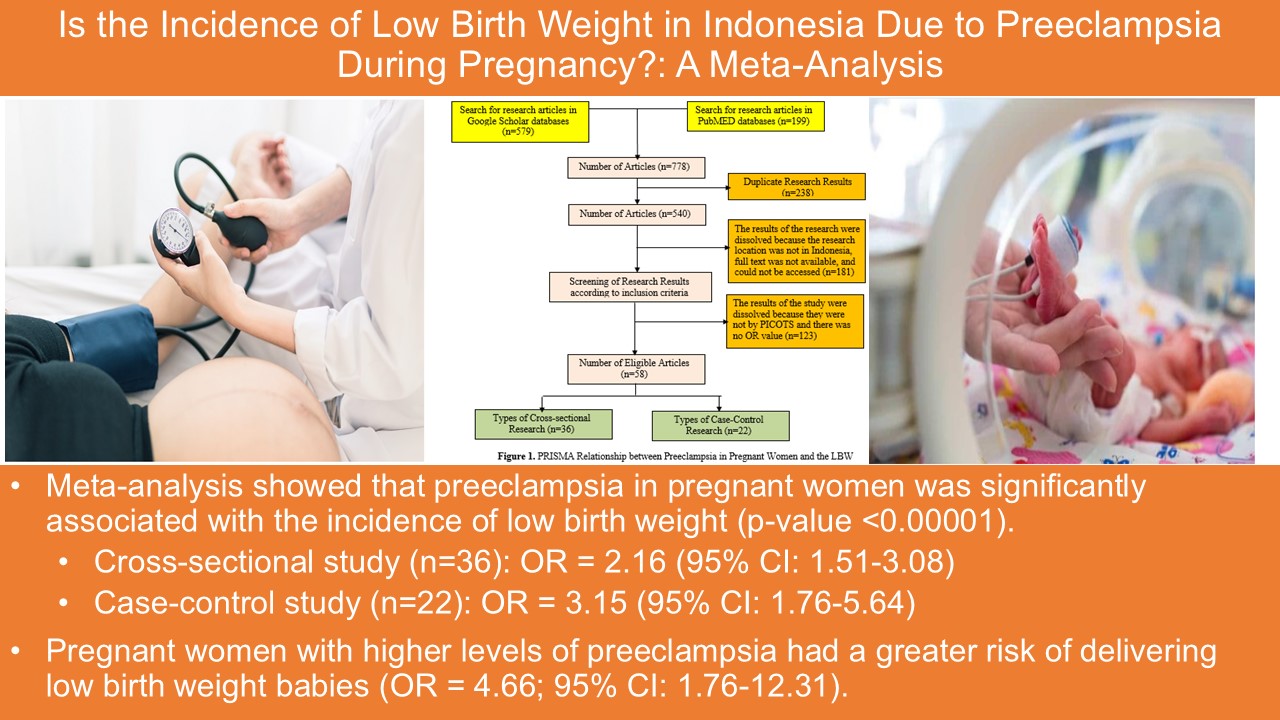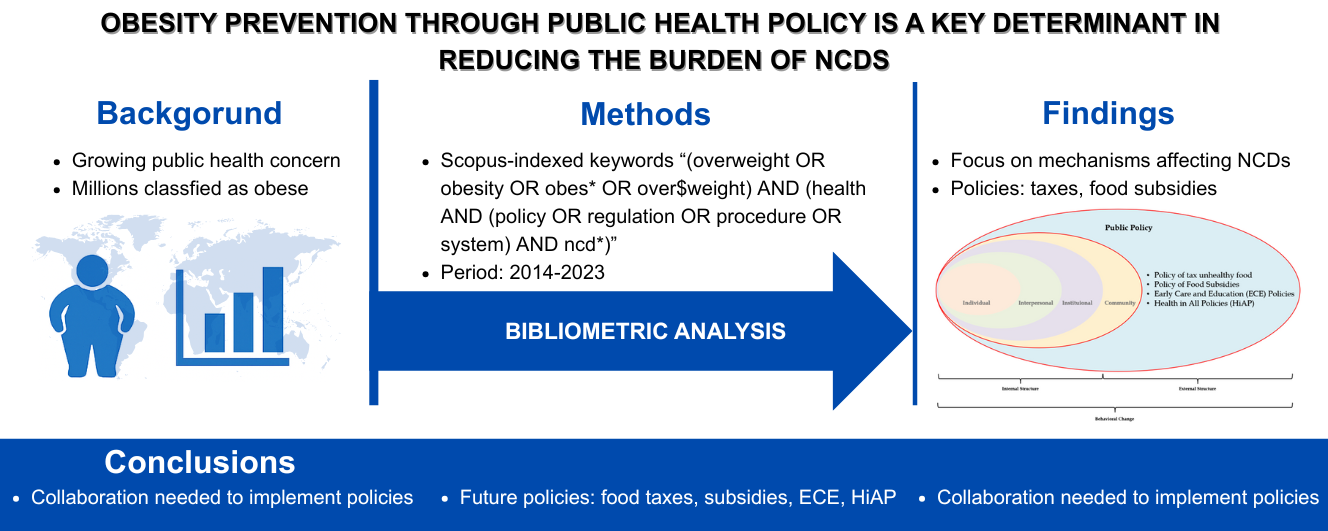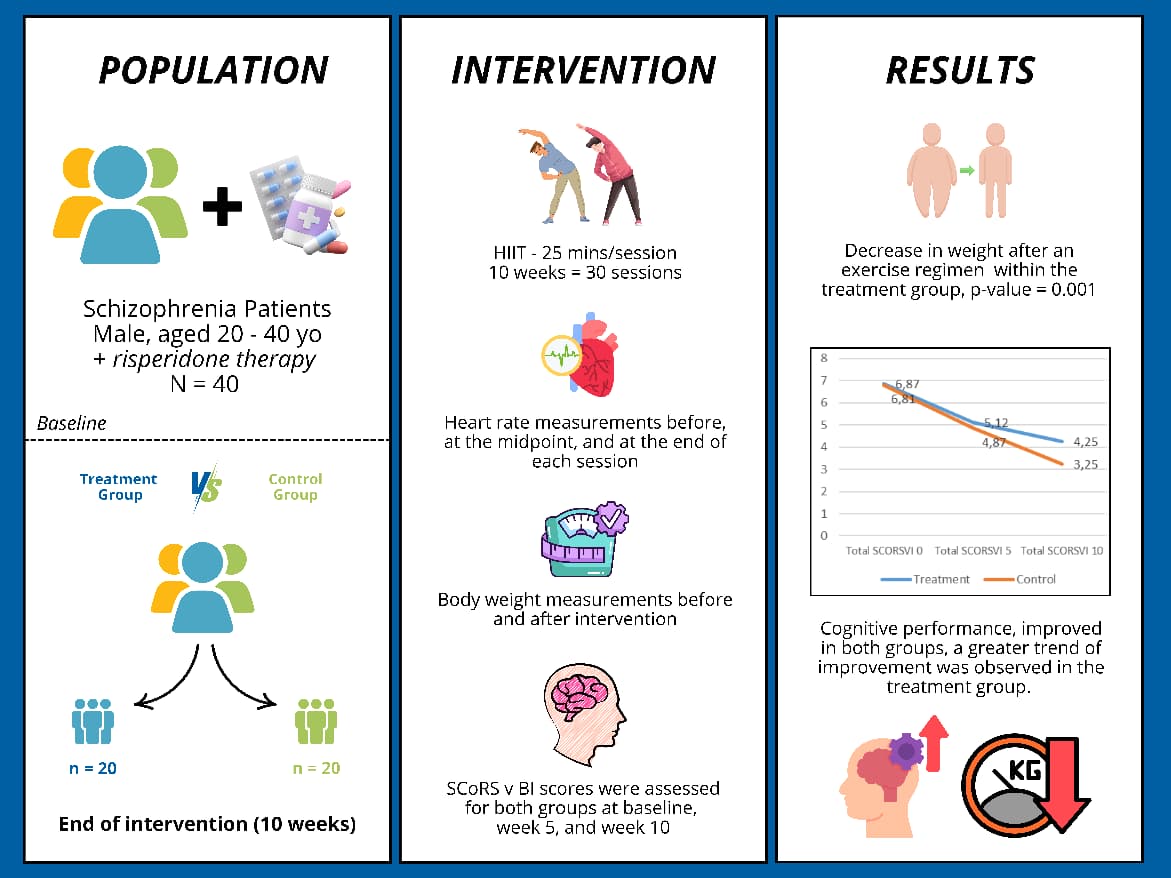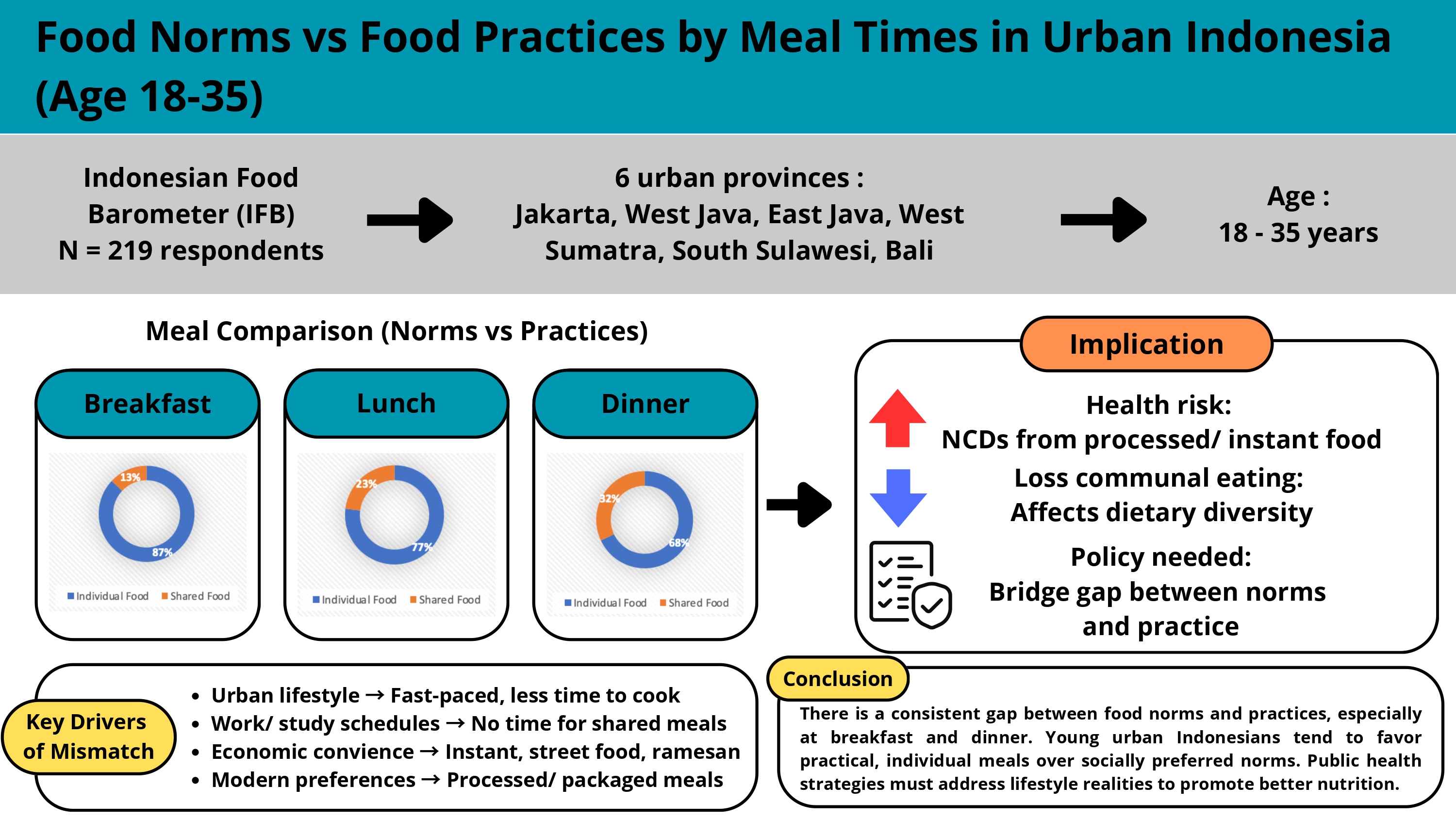Differences in Macronutrient and Micronutrient Intake of Stunted Toddlers in Rural and Urban Areas of Bengkulu Province
Downloads
Stunting prevalence in Kepahiang District is the highest compared to other districts. In Bengkulu, the incidence rate is lower than in other districts. Dietary intake is a direct factor causing stunting. This study examines the differences in macronutrient and micronutrient intake in stunted toddlers in rural and urban areas of Bengkulu Province. The study, with a cross-sectional design, was conducted from August to September 2020. A sample of 134 toddlers aged 12-24 months was selected using accidental sampling. Dietary intake data were collected using the Semi-Quantitative Food Frequency Questionnaire (SFFQ), and other data were collected through questionnaires. The collected data were analyzed using univariate and bivariate analyses with T-tests and Mann-Whitney tests. Macronutrient intake in stunted toddlers in rural areas was lower than in urban areas. Micronutrient intake in rural areas was also lower than in urban areas, except for vitamin A. Statistically, there were no differences in macronutrient (carbohydrates, proteins, fats) and micronutrient (vitamin A, calcium, phosphorus, iron, zinc) intake between rural and urban toddler in relation to stunting (p > 0.05). Based on the data obtained, the overall nutrient intake provided to the toddlers has not met the toddlers' nutritional needs. Regular counselling sessions from house to house for mothers with stunted toddlers are necessary. This would enable mothers to understand better their toddlers' dietary needs and how to monitor their growth.
Badan Ketahanan Pangan Kementrian Pertanian. (2019). BKP - Kebijakan Strategis Ketahanan Pangan dan Gizi (KSKPG) 2020-2024. In Badan Ketahanan Pangan Kementrian Pertanian. https://cegahstunting.id/unduhan/pedoman/
Chairunnisa, E., Kusumastuti, A. C., & Panunggal, B. (2018). Asupan Vitamin D, Kalsium dan Fosfor Pada Anak Stunting dan Tidak Stunting Usia 12-24 Bulan Di Kota Semarang. Journal of Nutrition College, 7(1), 39. https://doi.org/10.14710/jnc.v7i1.20780
Dettori, J. (2011). Loss to follow-up. Evidence-Based Spine-Care Journal, 2(01), 7–10. https://doi.org/10.1055/s-0030-1267080
Elisanti, A. D., Jayanti, R. D., Amareta, D. I., Ardianto, E. T., & Wikurendra, E. A. (2023). Macronutrient intake in stunted and non-stunted toddlers in Jember, Indonesia. Journal of Public Health Research, 12(3). https://doi.org/10.1177/22799036231197178
Harinarayan, C., & Ramalakshmi, T. (2015). Patterns of dietary calcium intake in south Indian rural, urban and metropolitan city subjects. Journal of Clinical and Scientific Research, 4(2), 143. https://doi.org/10.15380/2277-5706.JCSR.15.003
Ismawati, R., Soeyonoa, R. D., Romadhoni, I. F., & Dwijayanti, I. (2020). Nutrition intake and causative factor of stunting among children aged under-5 years in Lamongan city. Enfermería Clínica, 30, 71–74. https://doi.org/10.1016/j.enfcli.2019.10.043
Kalinda, C., Phiri, M., Simona, S. J., Banda, A., Wong, R., Qambayot, M. A., Ishimwe, S. M. C., Amberbir, A., Abebe, B., Gebremariam, A., & Nyerere, J. O. (2023). Understanding factors associated with rural"urban disparities of stunting among under"five children in Rwanda: A decomposition analysis approach. Maternal & Child Nutrition, 19(3). https://doi.org/10.1111/mcn.13511
Kemenkes RI. (2021). Studi Status Gizi Indonesia (SSGI).
Kizilyildiz, B. S., Sönmez, B., Karaman, K., Beger, B., Mercen, A., Alioğlu, S., & Cesur, Y. (2016). Prevalence, Demographic Characteristics and Associated Risk Factors of Malnutrition among 0-5 Aged Children: A Cross-Sectional Study from Van, Eastern Turkey. Pediatric Reports, 8(4), 6112. https://doi.org/10.4081/pr.2016.6112
Limardi, S., Hasanah, D. M., & Utami, N. M. D. (2022). Dietary intake and stunting in children aged 6-23 months in rural Sumba, Indonesia. Paediatrica Indonesiana, 62(5), 341–356. https://doi.org/10.14238/pi62.5.2022.341-56
Mahfouz, E. M., Sameh Mohammed, E., Alkilany, S. F., & Abdel Rahman, T. A. (2022). The relationship between dietary intake and stunting among pre-school children in Upper Egypt. Public Health Nutrition, 25(8), 2179–2187. https://doi.org/10.1017/S136898002100389X
Nkurunziza, S., Meessen, B., Van geertruyden, J.-P., & Korachais, C. (2017). Determinants of stunting and severe stunting among Burundian children aged 6-23 months: evidence from a national cross-sectional household survey, 2014. BMC Pediatrics, 17(1), 176. https://doi.org/10.1186/s12887-017-0929-2
Ogston, S. A., Lemeshow, S., Hosmer, D. W., Klar, J., & Lwanga, S. K. (1991). Adequacy of Sample Size in Health Studies. Biometrics, 47(1), 347. https://doi.org/10.2307/2532527
Rahmawati, L. A., Ranggauni Hardy, F., & Anggraeni, A. (2020). Faktor-Faktor yang Berhubungan dengan Stunting Sangat Pendek dan Pendek pada Anak Usia 24-59 Bulan di Kecamatan Sawah Besar. JURNAL ILMIAH KESEHATAN MASYARAKAT : Media Komunikasi Komunitas Kesehatan Masyarakat, 12(2), 68–78. https://doi.org/10.52022/jikm.v12i2.36
Sharif, Y., Sadeghi, O., Dorosty, A., Siassi, F., Jalali, M., Djazayery, A., Shokri, A., Mohammad, K., Parsaeian, M., Abdollahi, Z., Heshmat, R., Yarparvar, A., Pouraram, H., & Esmaillzadeh, A. (2020). Association of vitamin D, retinol and zinc deficiencies with stunting in toddlers: findings from a national study in Iran. Public Health, 181, 1–7. https://doi.org/10.1016/j.puhe.2019.10.029
Siringoringo, E. T., Syauqy, A., Panunggal, B., Purwanti, R., & Widyastuti, N. (2020). Karakteristik Keluarga dan Tingkat Kecukupan Asupan Zat Gizi sebagai Faktor Risiko Kejadian Stunting pada Baduta. Journal of Nutrition College, 9(1), 54–62. https://doi.org/10.14710/jnc.v9i1.26693
Ssentongo, P., Ba, D. M., Ssentongo, A. E., Fronterre, C., Whalen, A., Yang, Y., Ericson, J. E., & Chinchilli, V. M. (2020). Association of vitamin A deficiency with early childhood stunting in Uganda: A population-based cross-sectional study. PLOS ONE, 15(5), e0233615. https://doi.org/10.1371/journal.pone.0233615
Sserwanja, Q., Kamara, K., Mutisya, L. M., Musaba, M. W., & Ziaei, S. (2021). Rural and Urban Correlates of Stunting Among Under-Five Children in Sierra Leone: A 2019 Nationwide Cross-Sectional Survey. Nutrition and Metabolic Insights, 14, 117863882110470. https://doi.org/10.1177/11786388211047056
Stevens, G. A., Beal, T., Mbuya, M. N. N., Luo, H., Neufeld, L. M., Addo, O. Y., Adu-Afarwuah, S., Alayón, S., Bhutta, Z., Brown, K. H., Jefferds, M. E., Engle-Stone, R., Fawzi, W., Hess, S. Y., Johnston, R., Katz, J., Krasevec, J., McDonald, C. M., Mei, Z., ... Young, M. F. (2022). Micronutrient deficiencies among preschool-aged children and women of reproductive age worldwide: a pooled analysis of individual-level data from population-representative surveys. The Lancet Global Health, 10(11), e1590–e1599. https://doi.org/10.1016/S2214-109X(22)00367-9
Suryani, D., Kusdalinah, K., Krisnasary, A., Simbolon, D., & Angraini, W. (2022). Determinants of Feeding Patterns with Stunting in Children in the Coastal Area of Bengkulu City. Open Access Macedonian Journal of Medical Sciences, 10(E), 1520–1526. https://doi.org/10.3889/oamjms.2022.9705
Tadesse, S. E., Mekonnen, T. C., Dewau, R., Zerga, A. A., Kebede, N., Feleke, Y. W., & Muche, A. (2023). Urban-rural disparity in stunting among Ethiopian children aged 6–59 months old: A multivariate decomposition analysis of 2019 Mini-EDHS. PLOS ONE, 18(4), e0284382. https://doi.org/10.1371/journal.pone.0284382
Valaei, S., Rashidi, A., Roudsari, A. H., Houshyarrad, A., Abadi, A., Abdollahi, M., & Bonab, A. M. (2017). Evaluation of Iranian Household's Diet in terms of Calcium and Iron Density in the Seven Provinces of Iran. 2(2), 157–163. https://jnfs.ssu.ac.ir/article-1-65-en.pdf
Venegas-Aviles, Y., Rodríguez-Ramírez, S., Monterrubio-Flores, E., & García-Guerra, A. (2020). Sociodemographic factors associated with low intake of bioavailable iron in preschoolers: National Health and Nutrition Survey 2012, Mexico. Nutrition Journal, 19(1), 57. https://doi.org/10.1186/s12937-020-00567-3
Verma, P., & Prasad, J. B. (2021). Stunting, wasting and underweight as indicators of under-nutrition in under five children from developing Countries: A systematic review. Diabetes & Metabolic Syndrome: Clinical Research & Reviews, 15(5), 102243. https://doi.org/10.1016/j.dsx.2021.102243
Wessells, K. R., & Brown, K. H. (2012). Estimating the Global Prevalence of Zinc Deficiency: Results Based on Zinc Availability in National Food Supplies and the Prevalence of Stunting. PLoS ONE, 7(11), e50568. https://doi.org/10.1371/journal.pone.0050568
WHO. (2021). Malnutrition. WHO. https://www.who.int/health-topics/malnutrition#tab=tab_1
Yunita, Y., Kusdalinah, K., & Natan, O. (2022). The Effect of Moringa Leaves and Snakehead Fish Biscuit Supplementation on The Nutritional Status of Malnourished and Underweight Toddlers. Proceeding B-ICON, 1(1), 363–370. https://doi.org/10.33088/bicon.v1i1.65
Zou, Y., Huang, L., Zhao, D., He, M., Su, D., & Zhang, R. (2023). Assessment of serum Vit A, D and zinc nutritional status and related dietary and exercise behaviors of children and adolescents in rural and urban area. Frontiers in Nutrition, 9. https://doi.org/10.3389/fnut.2022.1088155

This work is licensed under a Creative Commons Attribution-NonCommercial-ShareAlike 4.0 International License.
- MEDIA GIZI INDONESIA Journal is the copyright owner of all materials published on this website.
- The formal legal provisions for access to digital articles of this electronic journal are subject to the terms of the Creative Commons Attribution-NonCommercial-ShareAlike license (CC BY-NC-SA 4.0), which means that MEDIA GIZI INDONESIA Journal and readers reserve the right to save, transmit media / format, manage in database, maintain, and publish articles as long as it continues to include the name of the Author.
- Printed and published print and electronic manuscripts are open access for educational, research and library purposes. In addition to these objectives, the editorial board shall not be liable for violations of copyright law.


2.png)





















